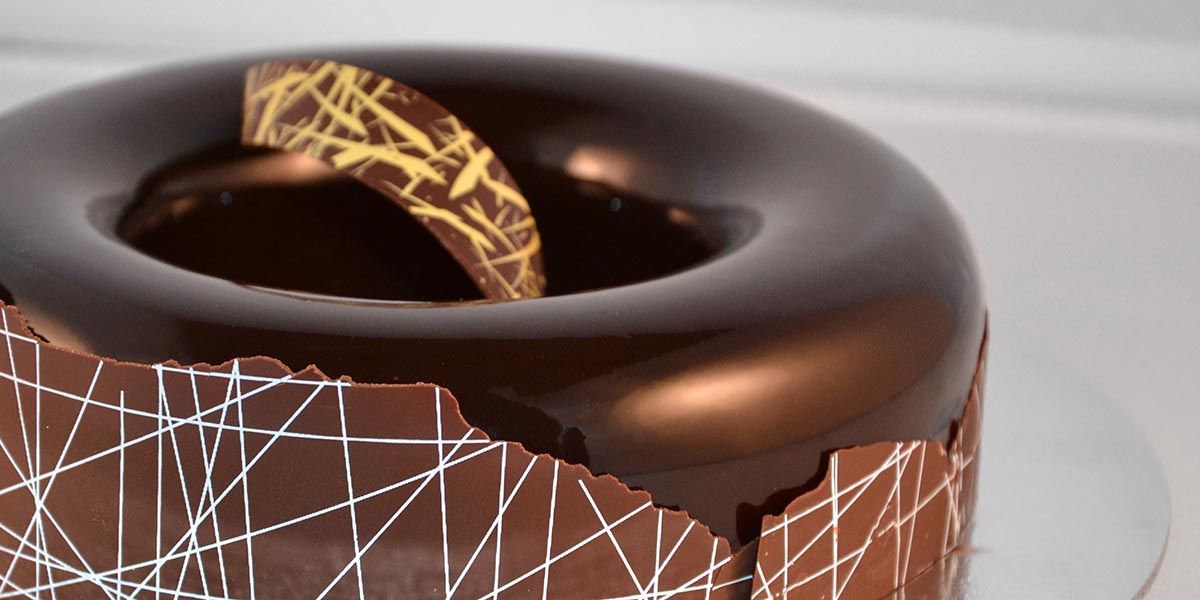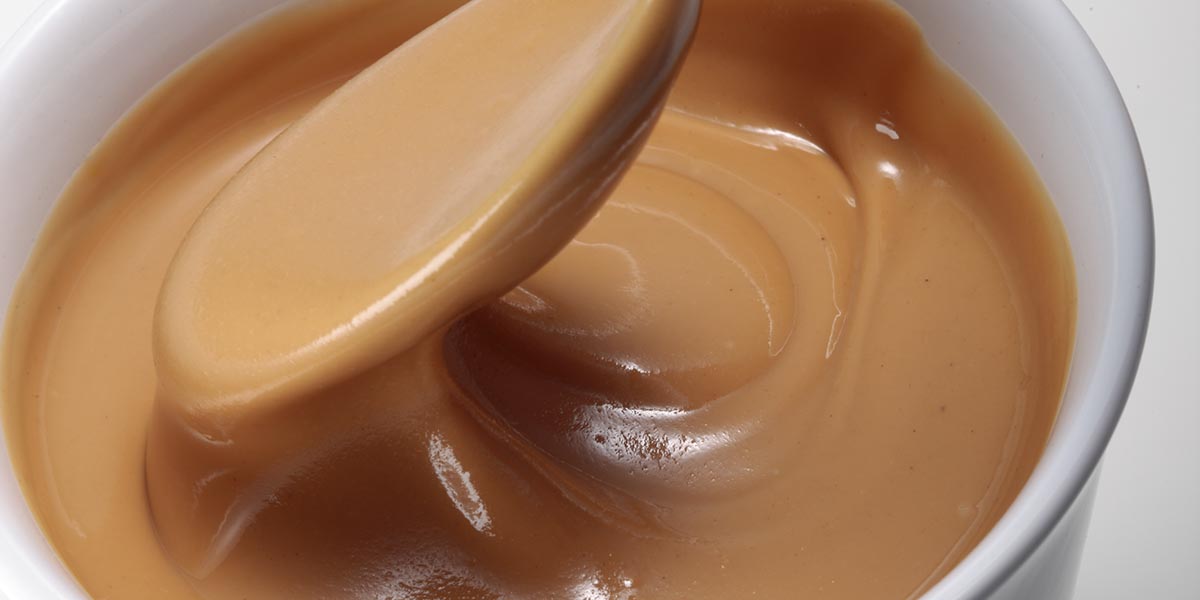What Are Ice Cream Bases?
As suggested by their name, ice-cream bases are the starting point to create both artisanal and industrial ice cream. These mostly differ for their different shelf-life, which is longer for the latter, and for the placement of production and selling premises, which are adjacent for artisanal ice cream; but, still, they are made from the same base components. This article deals with bases and how they are specifically used for artisanal ice-cream making.
February 25, 2021
How Were Ice-Cream Bases Born?
Ice-cream bases represent the natural evolution of neutrals: both of them aim at thickening and binding all ice-cream elements together, but whereas neutrals are plain additives or mixes of additives to be added to the ice-cream blend, bases are made up of a neutral core added with sugars, powdered milk, fibers, fats and other solid elements. Measuring out a neutral, being 100% made up of thickeners, can be truly complicated and must never exceed 5% of the total blend, whereas bases are far easier to use and the margin of error is therefore much higher. This is why many ice-cream makers prefer them over neutrals.
The number captioned on the labels of ice-cream bases specifies the amount of product to use per liter of required liquid. Taking our Granulat 50 as a reference, the “50” here signifies that 50 grams of base must be used with a liter of whole milk. Each Gelatitalia ice-cream base is supplied with a recipe allowing ice-cream makers to measure out all of the ingredients correctly. This way production is sped up and standardized, and the final results are homogeneous. However, bases with a low grammage leave a certain margin of customization to ice-cream makers, who will be free to fine-tune the mix according to their own fancy by adding sugar and other solids. On the other side, as far as 200, 250 and 300-grams ice-cream bases are concerned, recipes leave little space to imagination: the silver lining is that these bases already contain some solid ingredients that might be hard to find for ice-cream makers on their own.
A third way is represented by customized bases: suppliers can indeed create tailor-made products following the ice-cream maker’s inputs, including the desired final nutritional values and any other additional features (vegan, lactose-free, palm-oil-free, low-sugar, etc.) to endow artisanal ice cream with: through a specially-made balancing made by the producer, the ice-cream maker’s fancy and creativity therefore fit into the need to rely on a recipe that can be reproduced with the same results time after time.
How Do You Customize An Ice-Cream Base?
One of the main differences between artisanal and industrial ice cream is represented by the freshness of the ingredients you use. Bases are no exception, not even when they are made from powdered raw materials. The ingredients of artisanal ice-cream bases belong to these three main groups:
- Lean milk components, that is powdered milk and milk proteins, capable of absorbing big amounts of water and forming the basic scaffolding of ice cream;
- Sugars, which sweeten the ice cream and prevent it from crystallizing. The most used ones are saccharose, dextrose and glucose, ordered by decreasing sweetening power. On the other side, inverted sugar is often used in fruit ice creams to make them stabler and also sweeter, while fructose is employed in low-cal products as it doesn’t contain glucose;
- Additives (thickeners, emulsifiers and stabilizers), which have the purpose to give ice cream the right texture.
How Many Types Of Ice-Cream Bases Are There?
Ice-cream bases are usually grouped into two main sets: white bases (or milk bases) and fruit bases. The former are processed by adding whole milk or milk together with cream and are used to get milk ice cream and traditional creams like the nut-based ones. Within this group there can also be made a distinction between white bases and yellow bases: the latter require the adding of eggs, mainly yolks, which have the function of binding ice-cream components together and making the blend more uniform; egg yolk shows these features more markedly when used hot.
Fruit bases allow to get, by the addition of water, sugars and fruit bases or chopped fruit, the whole range of fruit ice-cream flavors; the final result will be a lactose-free product, suitable for lactose-intolerants as well as vegans. In addition to fruit bases, which are leaner than milk bases, it is also possible to use texture enhancers that help reach the desired final density and creaminess.




